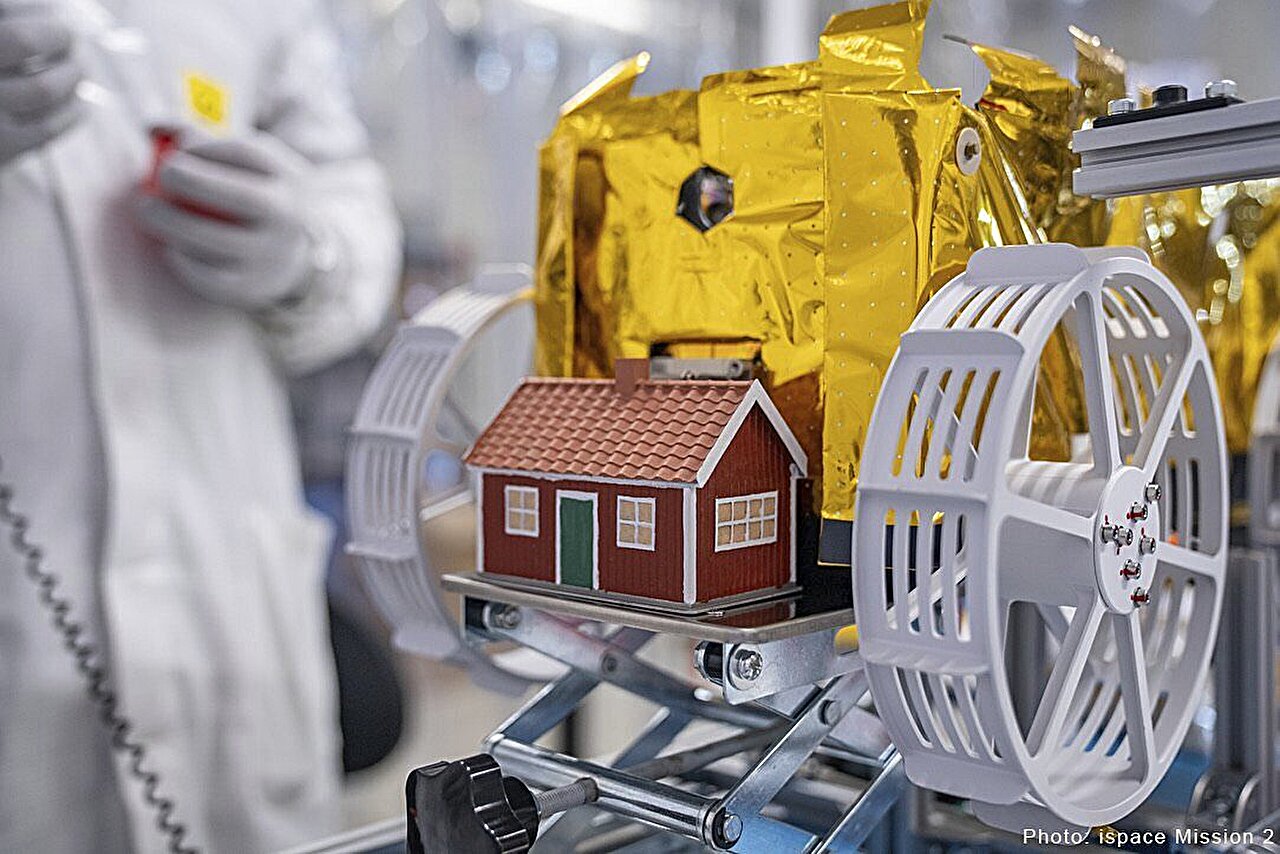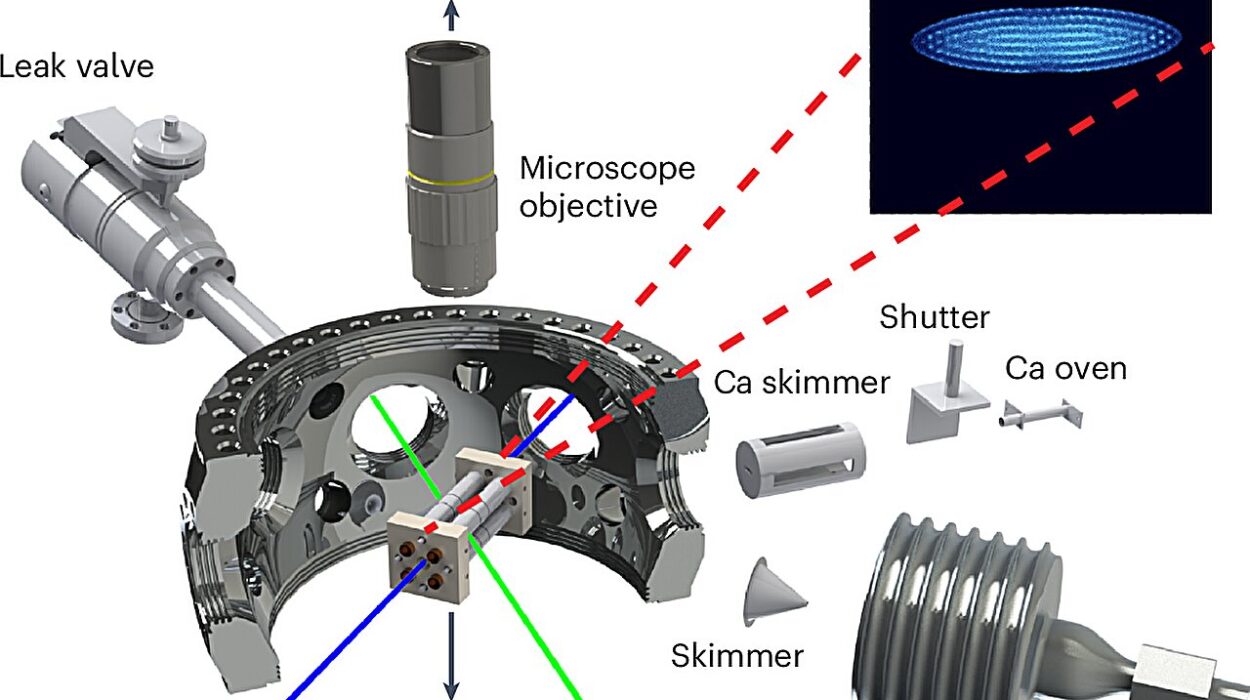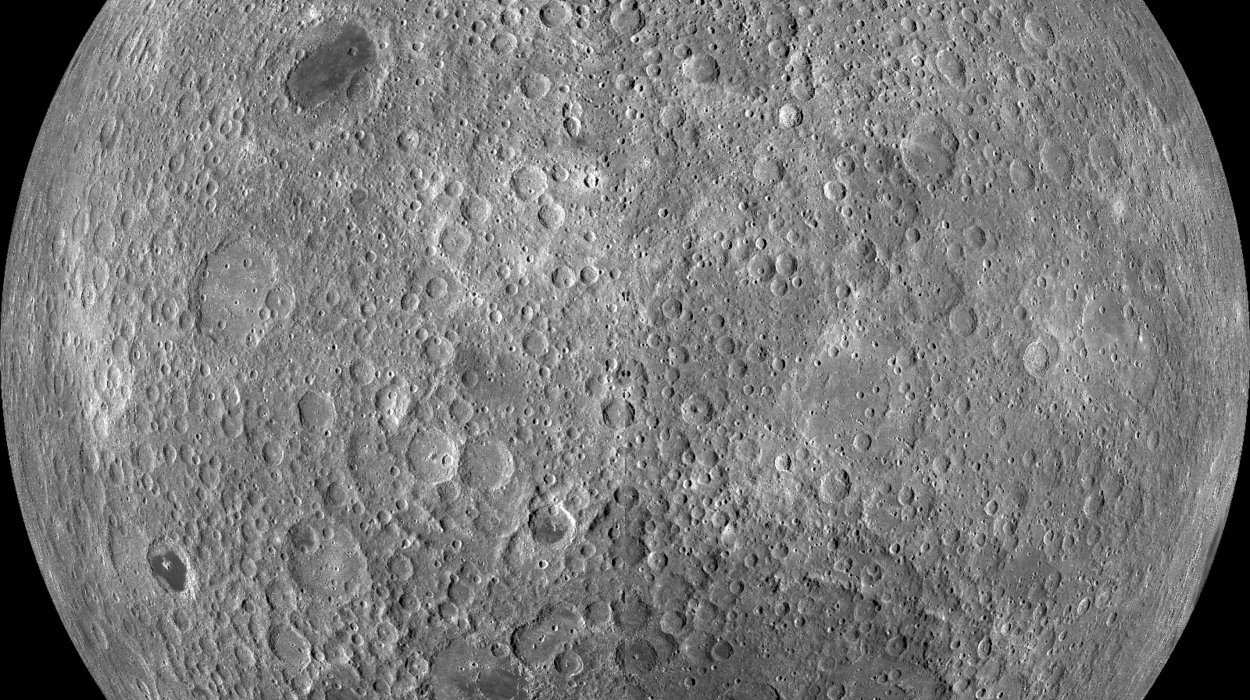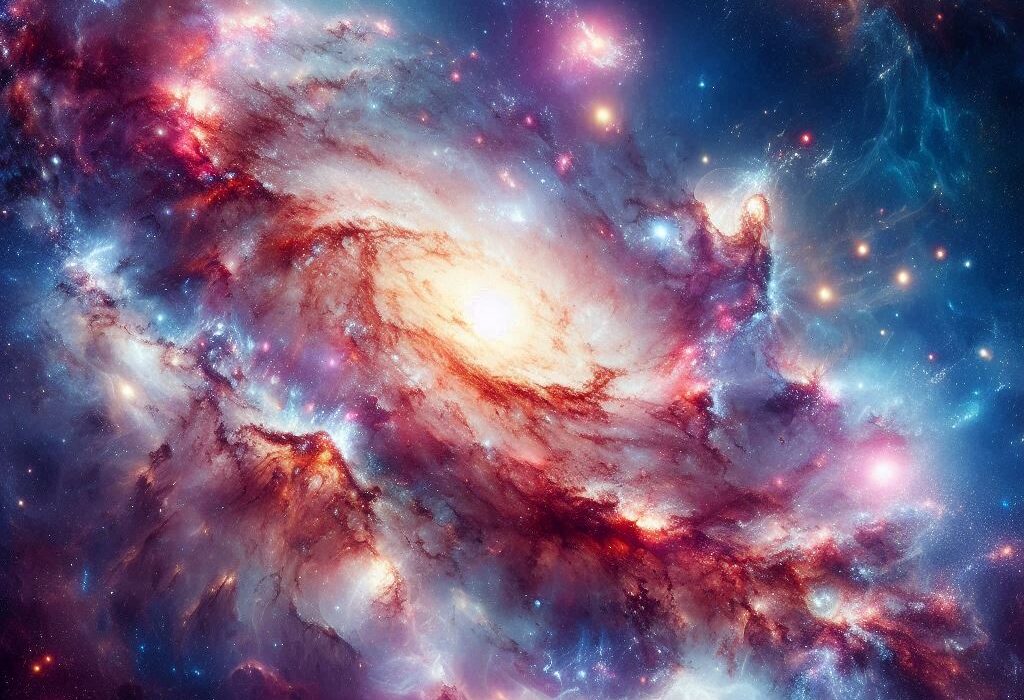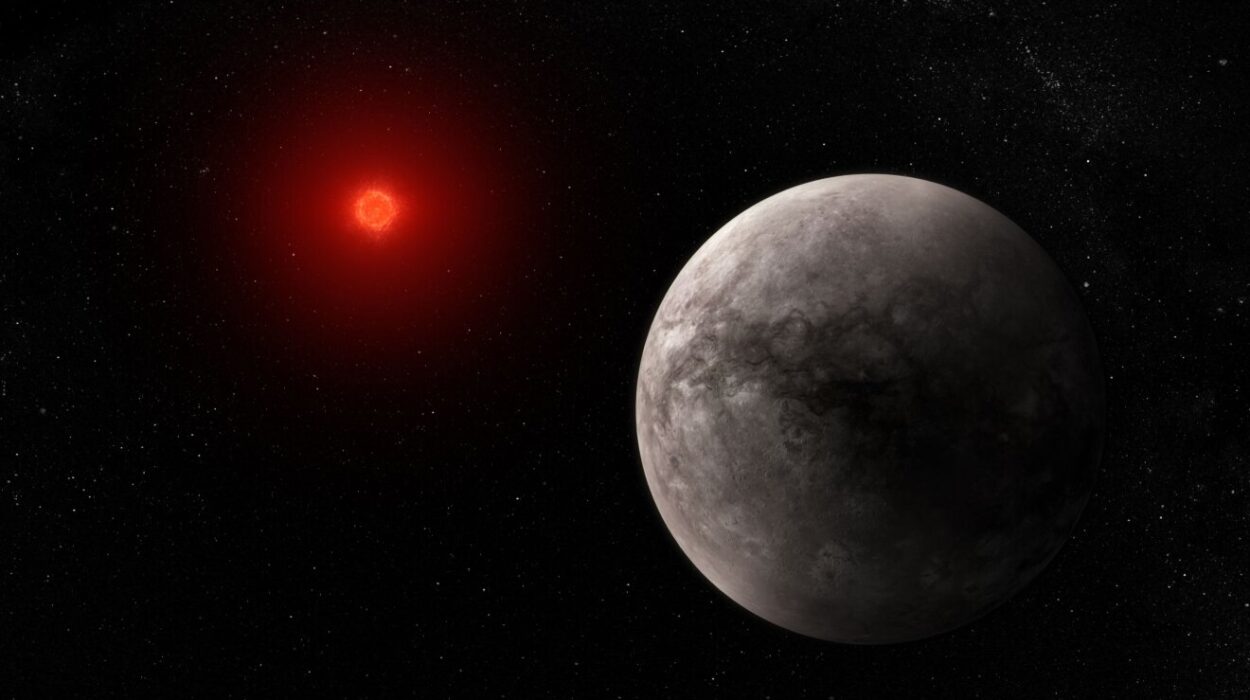A Swedish artist is on the verge of fulfilling what might be considered a dream of a lifetime. This week, a red model house—designed by the artist himself—will embark on a journey to the moon. If all goes as planned, this tiny Swedish creation will be placed on the moon’s surface, an artistic statement set against the backdrop of space exploration and humanity’s ongoing endeavors beyond Earth.
Mikael Genberg, the artist behind this cosmic project, has spent the last 25 years envisioning this monumental moment. His project, the Moonhouse, is small in size but rich in concept and history. It is designed to be a reflection of Swedish architectural traditions, with its familiar red façade and white corners, a style that echoes the picturesque small cottages dotting the Swedish countryside. The model house will hitch a ride to the moon with the Japanese company ispace’s lunar lander, which is set to launch on SpaceX’s Falcon 9 rocket from Cape Canaveral, Florida, at 1:11 a.m. local time (0611 GMT) on Wednesday.
An Artistic Vision Years in the Making
Mikael Genberg’s Moonhouse is more than just a miniature structure; it is the culmination of decades of artistic imagination. “It was a crazy, maybe idiotic, but at the same time, in my mind, a really poetic thought to put a red house with white corners on the surface of the moon,” Genberg reflected in a video posted to his Facebook page, reminiscing about the origin of the idea. For Genberg, the purpose is clear: the Moonhouse is art—pure and simple.
While it may seem like a whimsical or far-fetched concept, the artist has long been driven by the idea of bringing a part of Swedish culture and architectural aesthetics to a vast, uninhabited space. The simplicity of a house, typically associated with the comfort and familiarity of home, contrasted with the cold emptiness of the moon, imbues the project with a deep emotional significance. As Genberg continues to explain, “It’s small on this planet, but it will be big on the moon—there’s nothing like that in space.” The Moonhouse is a stark contrast to the lifeless, barren moonscape that currently occupies the lunar surface.
Specifications of the “Moonhouse”
The Moonhouse, despite its monumental journey, is a tiny object. It is made of lightweight aluminum and coated with special, space-certified paint designed to withstand the extreme conditions of space travel. The miniature house measures just 12 centimeters (4.7 inches) in length, 8 centimeters (3.1 inches) in width, and 10 centimeters (3.9 inches) in height. Its dimensions make it about the size of a large hand, small enough to fit into a pocket, yet this modest size belies the enormity of its significance.
The house is part of Genberg’s broader project that has already made waves on Earth. Over the years, the Moonhouse has traveled to numerous locations around the globe. It has been placed in trees, under water, and on historical landmarks such as the Great Wall of China. One of its most notable past journeys took it to the International Space Station (ISS), where it accompanied Sweden’s first astronaut, Christer Fuglesang. These global travels have cemented the Moonhouse as an art project with a clear message: art can expand far beyond human boundaries.
Crowdfunding the Dream
Although the idea was originally conceived by Genberg, it took much more than just the artist’s imagination to bring it to the moon. Approximately 70 supporters from around the world helped fund the project, collectively contributing between 7 million and 10 million Swedish kronor (around $620,000 to $888,000). This funding has not only covered the creation of the Moonhouse and its journey into space but also supported its ride aboard the lunar rover Tenacious, which will land on the moon and leave the miniature house behind. Genberg himself has made his way to Florida to watch the launch in person, eager to witness his creation embark on its historic journey.
Julien-Alexandre Lamamy, CEO of ispace Europe, expressed his excitement about the project’s significance, stating, “The vision of the artwork merges with our own; to expand our planet and future, and to extend the sphere of human life into space.” Lamamy’s statement underscores the deep meaning behind this endeavor, reflecting the expanding vision of humanity’s reach into space, not just for scientific exploration but for creative and artistic expression.
What’s Next for the Moonhouse?
If the launch goes smoothly on Wednesday, the Moonhouse will begin its multi-month journey through space, traveling aboard the Tenacious lander toward the moon. The rover is expected to touch down on the lunar surface within approximately four months, at which point it will deploy the miniature house. The Moonhouse is not merely a collectible item to be discarded; it is designed to stay where it lands. The rover will release the house, snap a few pictures, and leave it standing as a permanent fixture on the moon for an indefinite amount of time—perhaps for thousands, even millions of years.
This longevity is key to Genberg’s vision. By placing an artistic object on the moon, Genberg hopes to challenge the conventional limits of human creation. The concept of creating something that will endure in the harsh vacuum of space over such long timescales invites deep philosophical questions about impermanence and legacy. What does it mean to create art that exists forever, untouched by time and decay, somewhere far beyond our reach?
In many ways, the Moonhouse reflects a sense of human ambition and determination to leave a mark on the universe, even if the mark is small in physical scale. As humans continue to explore and innovate, art is frequently the medium through which our most profound desires, beliefs, and dreams are conveyed. Genberg’s creation is both a playful act of imagination and a deeply symbolic gesture of pushing the limits of creativity. His Moonhouse will serve as a reminder that artistic expression is not confined to Earth but can reach into the very depths of space.
A Legacy of Creativity and Space Exploration
In a world where technological feats and space exploration dominate the news cycle, the fusion of art and space travel is a refreshing reminder of the human spirit of exploration. The Moonhouse is a small piece of art, but its journey speaks to a much larger idea: the universe, which once seemed so vast and detached, is a canvas, and humankind’s creativity can stretch beyond the familiar borders of Earth.
While the immediate attention may be on the logistics of sending a miniature Swedish house to the moon, the long-term implications of this project could resonate much deeper. By bringing art into space, Mikael Genberg has provided a way for us to expand our sense of what is possible—what can be imagined, created, and experienced.
If the Moonhouse remains on the moon as planned, it will stand as a unique piece of Earth’s culture—a small but powerful reminder of the place where humanity began, and a token of our continued exploration, not just of the physical world but of our limitless creativity. As Genberg noted, his project is first and foremost about art, but its symbolic reach into the cosmos is a testament to the boundless potential of human imagination.
